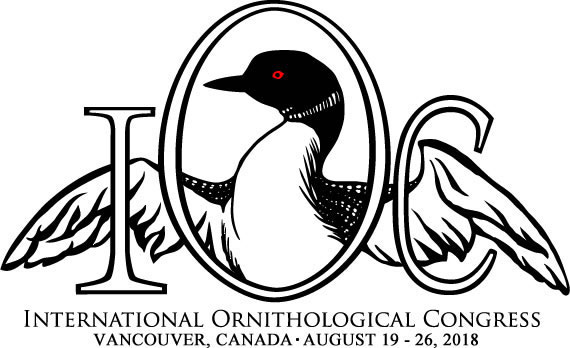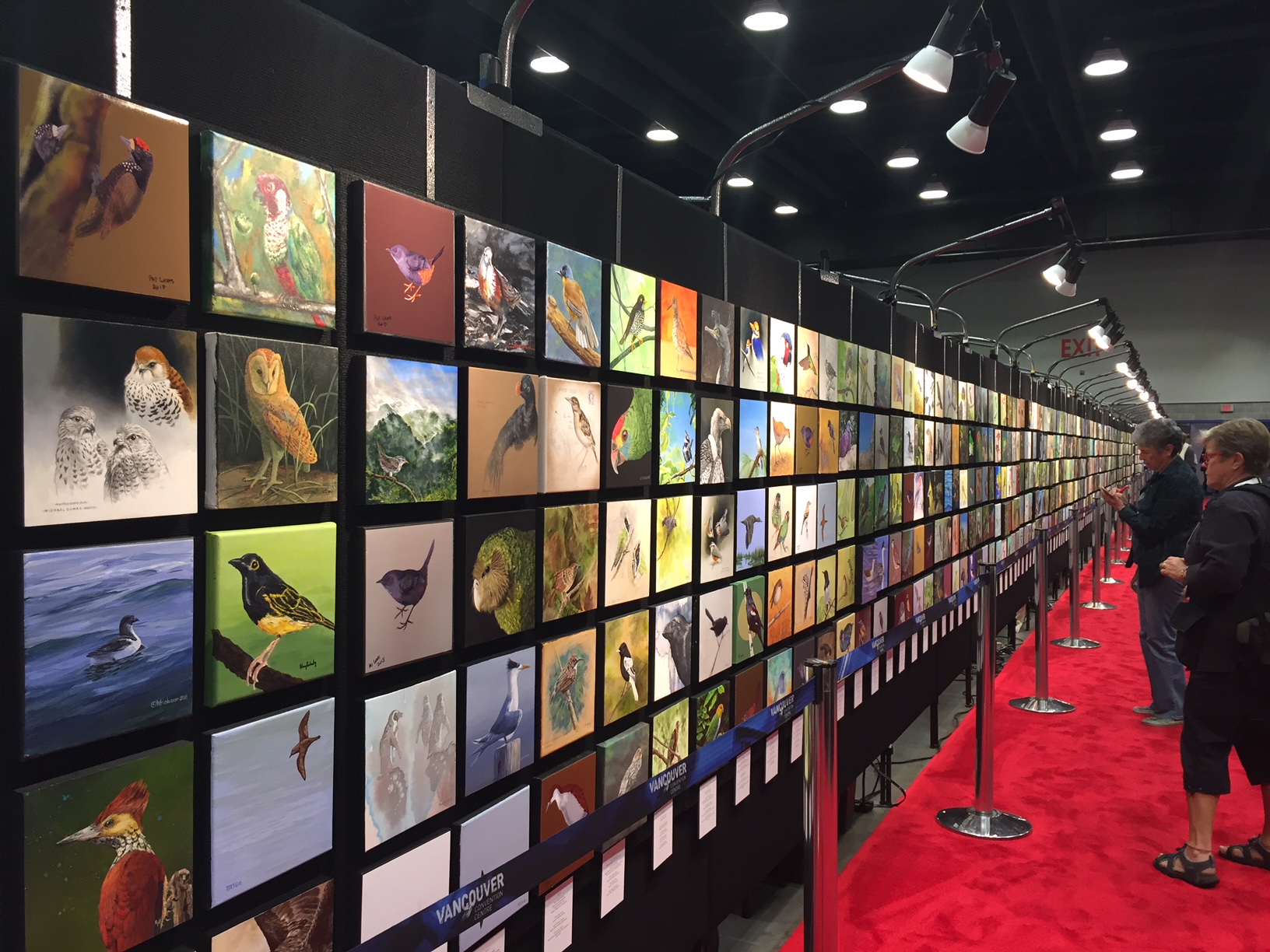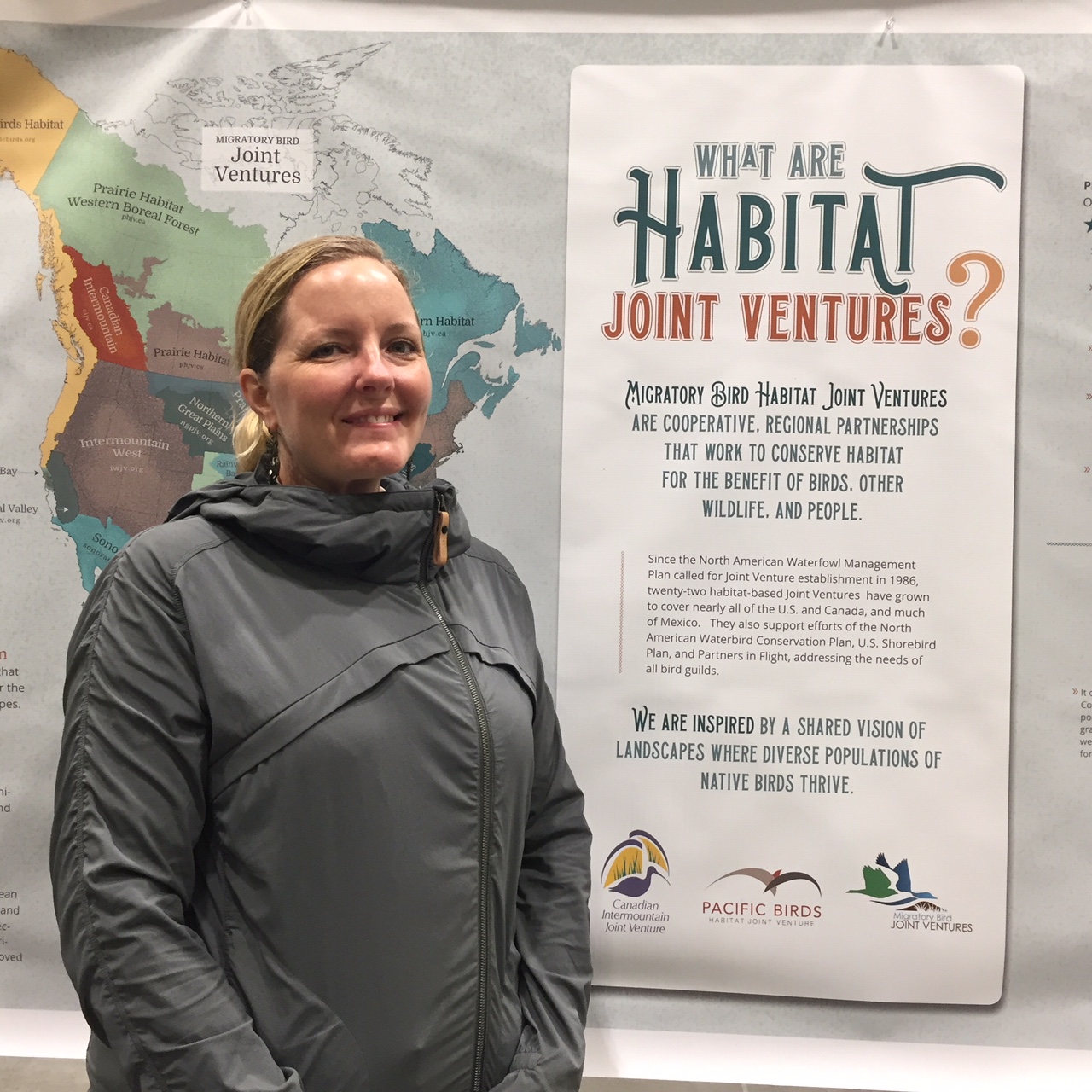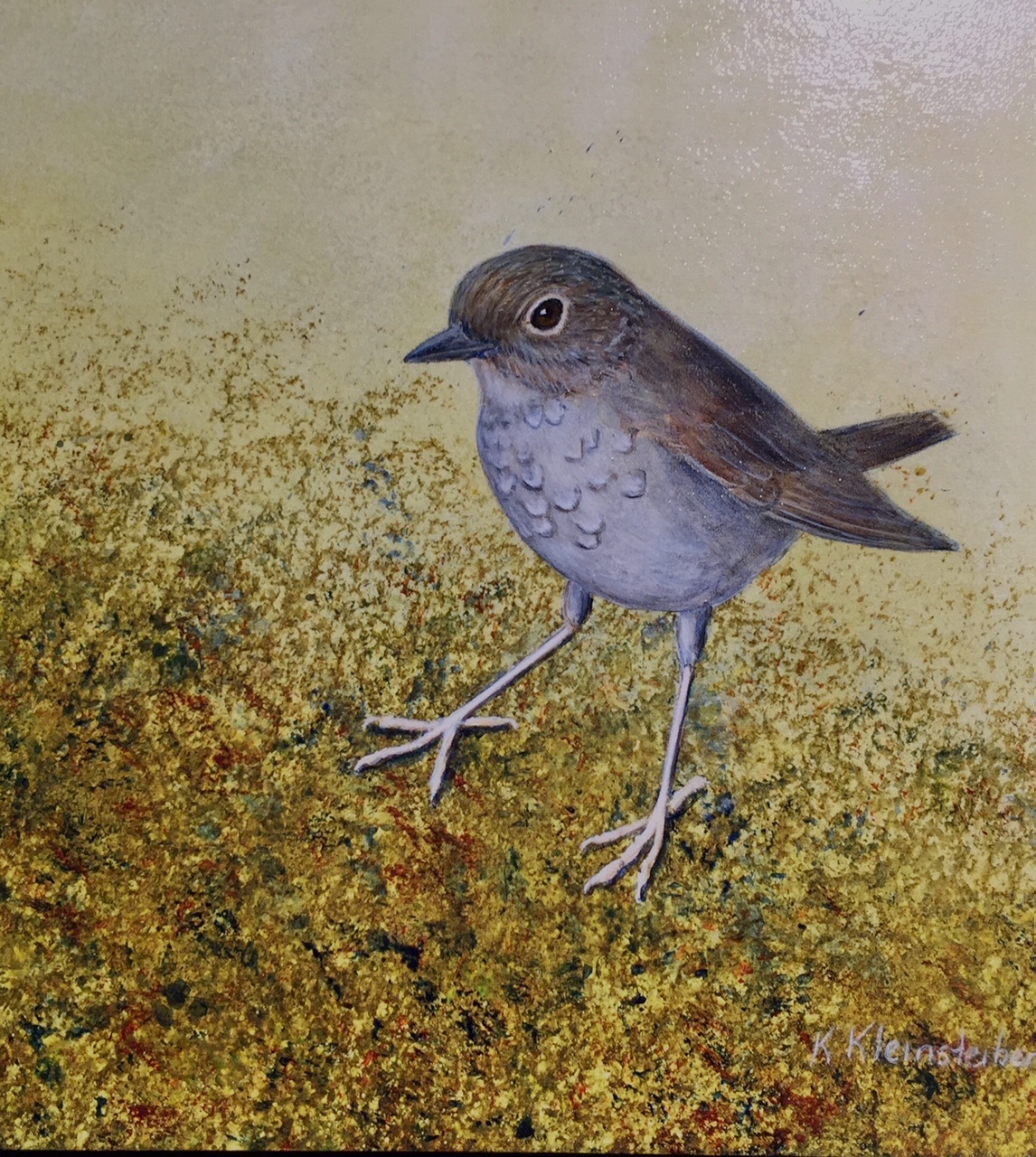
Science, Art and Culture in Vancouver
The 27th International Ornithological Congress was recently convened in Vancouver, bringing ornithologists and conservationists from across the globe together to talk birds. The science presentations hit hundreds of topics. The associated Vancouver International Bird Festival and the Artists for Conservation Festival brought a celebratory and artistic spirit to the Congress.
Between attendees, speakers and posters, Pacific Birds was well represented at the Congress. Among the major themes that emerged were the important connections between local and global bird conservation, the essential role of communities in helping birds, and the role of emerging technologies in avian conservation. A few highlights follow.
Global Mud and a Stork Story
Looking at the global distribution and trends of intertidal mudflats has been difficult, due not only to technical limitations, but because the habitat target is constantly changing with the tides! These habitats are highly productive, however, and especially critical to shorebirds, so we need to be watching the trends.
Dr. Richard Fuller, coming from Australia, presented on a topic that spans the globe. "Mud, glorious mud! Global distribution and conservation of intertidal wetlands," spoke to the massive project he and collegues have been working on to fill the mapping gap. Thanks to 707,528 images, the Google Earth Engine, 22,000 computers, and the will to get it done, there is now a time series of global mud maps–at a 30 meter resolution–spanning more than thirty years. The data show a 17% global loss of these intertidal habitats in this same time frame. Stay tuned to hear more about this as a paper comes out this fall.
On a different note, keynote speaker Purnima Barman talked about the community effort to conserve the highly endangered Greater Adjutant Stork in Assam, India. Seventy-five percent of the population of the stork, known locally as the Hargila, is found there.
She went to Assam to collect data for her PhD, but as she said, her life rapdily changed course. She observed a tree being cut down–young birds and all–in order to remove what the locals considered nuisance storks. Instead of pursuing the PhD, she ended up working with 10,000 women to change the local perception of the storks, whose population is now on the rise.
To see more about the wealth of information shared at the Congress, see research highlights compiled by the Cornell Lab of Ornitholgy, or check out the IOC's Twitter feed.
Endangered Species through Art
The 100-foot-long Silent Skies Mural Project, compiled by Artists for Conservation, was unveiled at the IOC. The mural features almost all the 678 birds listed considered critically endangered by the International Union for Conservation of Nature/Bird Life International in 2016. The mural, showing smaller images of the original larger art pieces, created a powerful message. A complementary student mural showcased some of the work of younger artists.

A few more photos...


